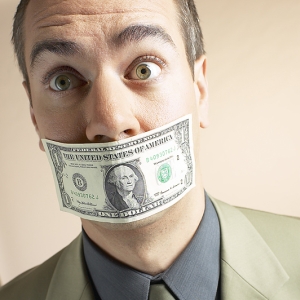Three men checked into a hotel room and were charged $30 for which they paid $10 each. The next day, the manager realized that the men had been overcharged since the real price is $25 for the room. The manager gave the bellhop $5 to return to the three men. On the way to their room the bellhop decided to keep $2 for himself so he wouldn’t have to make change. The bellhop gave $1 to each man. The three men had now paid $9 each, or a total of $27. This, plus the $2 the bellhop kept for himself, makes a total of $29. What happened to the other dollar?
ANSWER
Nothing happened to the dollar. All the money is still there. Yes, they each ended up paying $9 each for a total of $27. Plus the $3 they got back is a total of $30–it’s all there. They were supposed to pay $25 but they paid $27, which makes sense because the bellhop kept $2.
Charges:
$25 for the room + $2 for the bellhop=$27
$30 initial charge – $3 refund = $27
Each paid $9 and $9 x 3 = $27
The trick is in the statement, “The three men had now paid $9 each, or a total of $27. This plus the $2 the bellhop kept for himself makes a total of $29.”
The $27 is the total payment and $2 is a cost, not a payment! It just happens to add up to $29 giving the illusion of a missing dollar.

